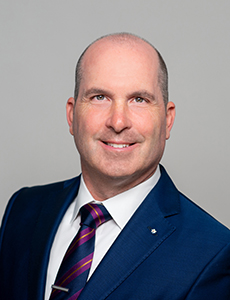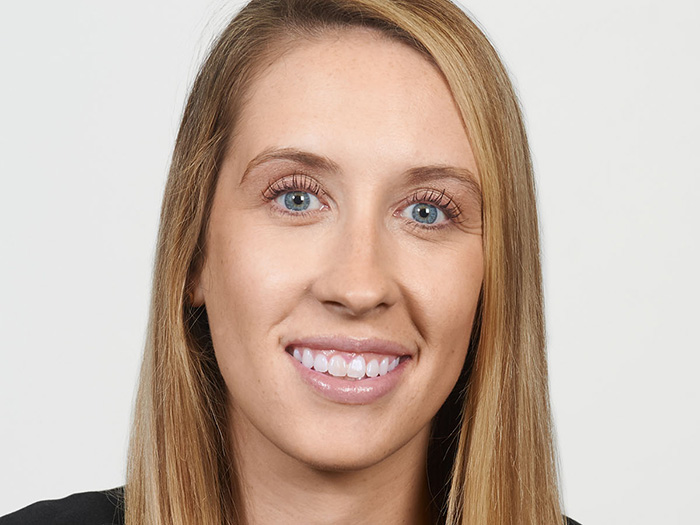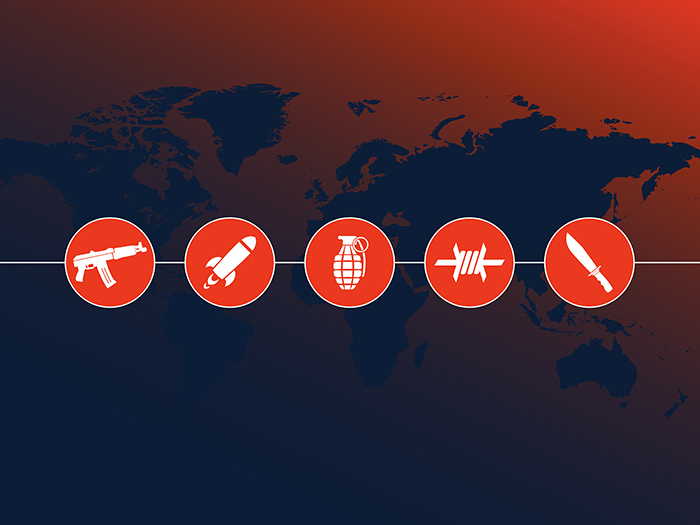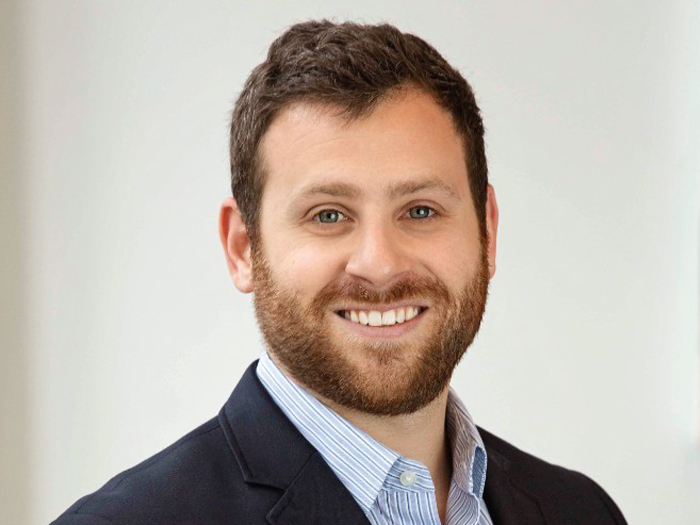E&S Premiums Continue to Grow, but Inflation and Jury Verdicts Are Impacting Attachment Points

The excess and surplus (E&S) insurance market has continued on its exponential growth trajectory for the fourth straight year.
Premiums increased by 20%, from $62.9 billion in 2021 to $75.5 billion in 2022, according to the latest sector report by S&P Global.
So far, they have more than doubled from $34.7 billion in 2018; the last market contraction was in 2011.
Indeed, between 2016 and 2021, the E&S industry has grown by three times as much as the admitted market, a McKinsey study has found.
That growth has been driven by the continued flight from the traditional property and casualty markets, as well as demand from smaller middle-market business.
Despite all the positive headlines, however, the sector faces a multitude of challenges, primarily the impact of economic, medical and social inflation. Nuclear verdicts are also on the rise, particularly in excess casualty and transportation, as plaintiff cases start to work their way through the courts in the wake of the COVID-19 pandemic.
“In the U.S., the civil litigation environment is having a big impact on social inflation,” said Bryan Sanders, president at Markel Specialty. “As that gets worse, it is increasing the pressure on loss costs for the entire industry.”
In response to rising inflation and loss severity, rates have been increased to cover these costs. And if they can’t get adequate pricing, many insurers are simply turning the business away.
“Social and economic inflation continue to put upward pressure on claims costs for several lines of coverage,” said David Blades, associate director, industry research and analytics at AM Best. “This challenges insurers to be diligent in applying established risk selection, underwriting and pricing standards in order to temper the negative effects of these factors on their portfolios.”
Shrinking Capacity
In terms of capacity, there’s less available in the lead umbrella position, and insurers that once deployed $25 million in certain areas are now offering only $5 million limits, while terms have also tightened. Yet as new entrants continue to join and provide greater competition, particularly on the casualty side, there is additional capacity at the higher attachments.
“The biggest challenge is the lack of catastrophe capacity,” said Kyle Burnett, head of E&S property at Swiss Re Corporate Solutions. “As carriers, MGAs and MGUs have been decreasing their limit profiles in certain states or counties, it is becoming increasingly difficult and expensive for insureds to fill out their insurance needs.”
Risk managers and their companies are also considering other ways to reduce their premiums and take on more risk. As a result, more of them are increasingly buying lower limits, taking on higher deductibles and self-insuring.
“Risk managers are definitely looking for more options these days,” said John Head, president of national brokerage at Risk Placement Services. “Before, it was often a matter of ‘Here is the price and you have got to take it,’ but now, particularly on the larger accounts, they are looking for ways to handle their risks differently and getting more creative with how they stack their programs.”
Another big challenge continues to be attracting and retaining talent, particularly in mid-level positions. Then there is the lack of training for junior staff.
“There is no doubt a continued race for talent in our growing segment,” said Brady Kelley, Wholesale & Specialty Insurance Association (WSIA) executive director. “As an association, we focus a good deal of staff and volunteer resources on talent outreach in an effort to continue to build the pipeline for incoming talent for our industry, and the WSIA Diversity Foundation is very focused on enhancing diversity, equity and inclusion in the E&S segment as well.”
Exponential Growth
The E&S market has enjoyed stellar growth over the past 12 months as submissions have continued to flow in, in some cases by double-digit increases, enabled largely by the use of wholesale brokers. The key driver has been the need to find bespoke and creative solutions to new and ever-changing risks that aren’t readily available on the admitted market, such as artificial intelligence (AI), biometrics, cyber risk — particularly ransomware — and PFAS. E&S writers also benefit their clients through their financial strength, quick decision-making, and provision of loss control and claims handling services.
“While challenging market conditions may be the reason that more businesses will find themselves pushed into the E&S marketplace, they will be pleased to find a wholesale market that is strong, flexible and creative enough to find effective insurance solutions for their most challenging risks,” said Karl Fischbach, head of broker management, wholesale, at AXA XL.
Property has undergone far and away the biggest rate increase within E&S, as natural catastrophe losses continue to mount. Other lines that have experienced significant rises are automobile liability, energy, habitational real estate, homeowners, hospitality, inland marine, physical damage, professional liability, residential construction and transportation, while reinsurance rates also continue to go up.
“Property rates are all over the place, depending on location, perils insured, class of business and construction type,” said Jeff McNatt, president of Amwins Brokerage. “Rates have increased from five to 500% or more, and they continue to be driven by lack of reinsurance and retro cover as well as prior-year loss development and continued losses from various weather events, even prior to the current hurricane season.”
On the flip side, casualty has been flat to up 5%, with excess casualty in particular struggling to achieve rate. Pricing has also decreased in cyber, financial institutions, private management liability, and public directors and officers.
“We anticipate a continued focus from reinsurers on casualty price adequacy and terms as we head into 2024,” said Joe Cellura, president, Allied World North America Property & Casualty. “This could have a dramatic impact on overall marketplace appetite for E&S casualty risk.”
Looking forward, the biggest areas of opportunity are in catastrophe property, construction and cyber. Surplus lines writers already account for the majority of cyber insurance premium; after holding a market share of around 25% between 2015 and 2020, when the hard market hit, premium written accelerated by more than 500% in 2021 and 2022, according to AM Best.
That growth is down to the fact that surplus lines insurers can customize coverage forms to address the widely varying exposures of individual insureds, including specific coverage grants, as well as sublimits based on the risks presented. Subsequently, they have taken on the bulk of new business and made the most of the price increases that have come with it, thus boosting their profits.
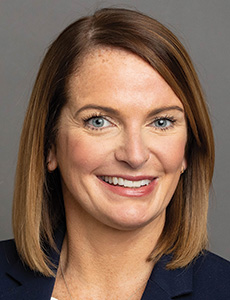
Shannon Piotrowski, vice president, underwriting, AmTrust E&S Specialty Casualty
“By having the flexibility and speed to market, that gives us a lot of opportunity,” said Shannon Piotrowski, vice president, underwriting, AmTrust E&S Specialty Casualty. “So if someone exits a certain class of business or we come across an area where we feel we can add value, we have the freedom of rate and form to do so.”
To capitalize on these opportunities, insurers and brokers have been investing in the technology needed to respond quickly to this demand, as well as harnessing the use of data and automation. By using this capability to prioritize submissions and prequalify accounts, carriers can be far more efficient in how they operate too.
“The E&S market will always be in demand, especially for new products,” said Kara Creel, vice president, underwriting, specialty casualty at QBE North America. “We were the first to bring out cyber liability and we will continue to innovate to meet the new and emerging risks and challenges that come our way thanks to our ability to think outside of the box.”
Moving forward, AI will play a big role in E&S’s evolution too. Used in collaboration with human input, it has the potential to drive efficiency and add value across the board.
“The big question is around what AI is going to do for the industry and the efficiencies underwriters can gain, especially in the risk selection process,” said Paul Larson, president of financial lines at Liberty Mutual. “Those carriers that are able to use AI effectively on the front end stand to benefit the most significantly in terms of their bottom line.” &

